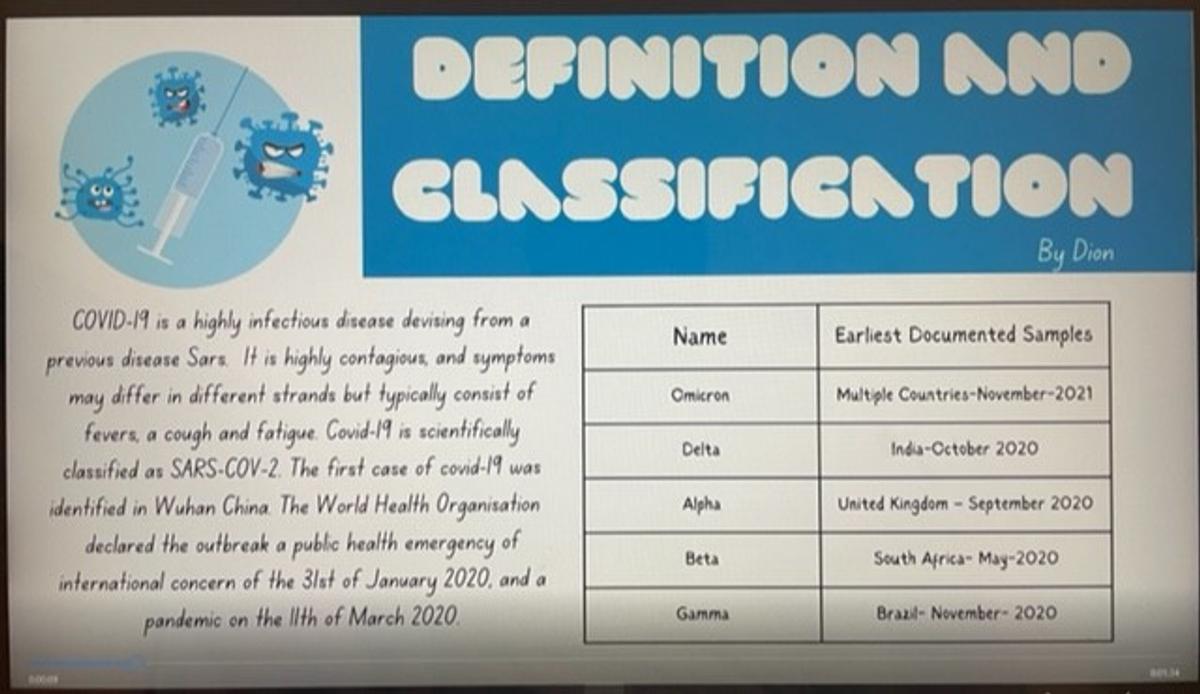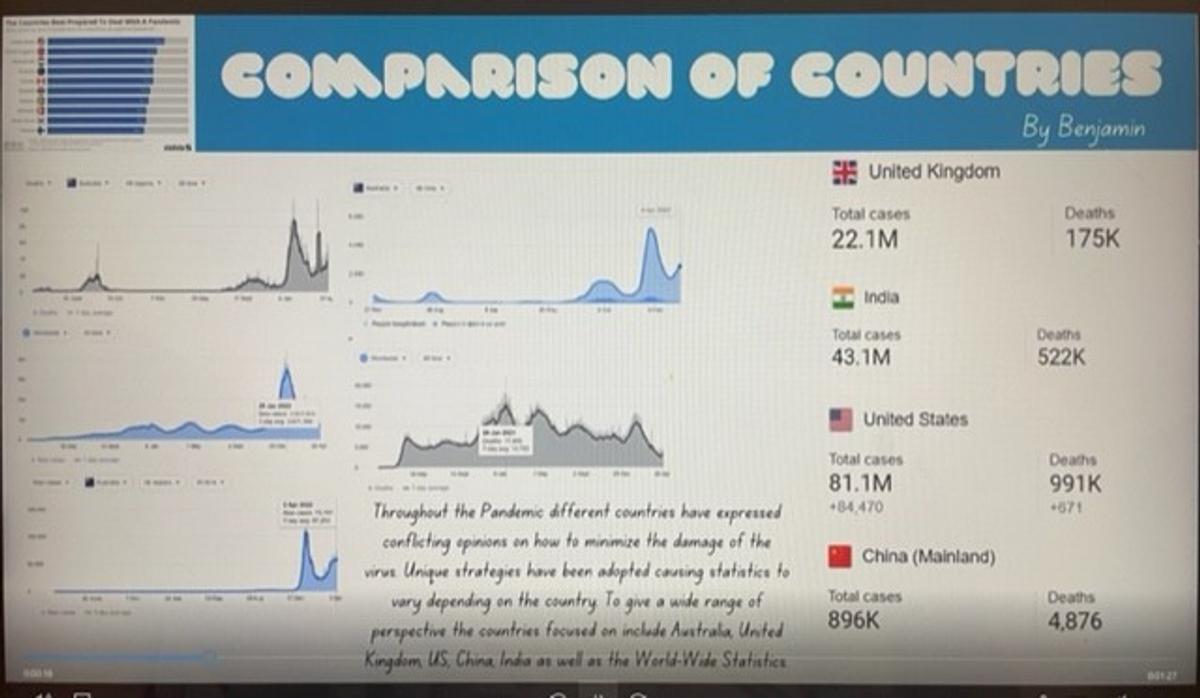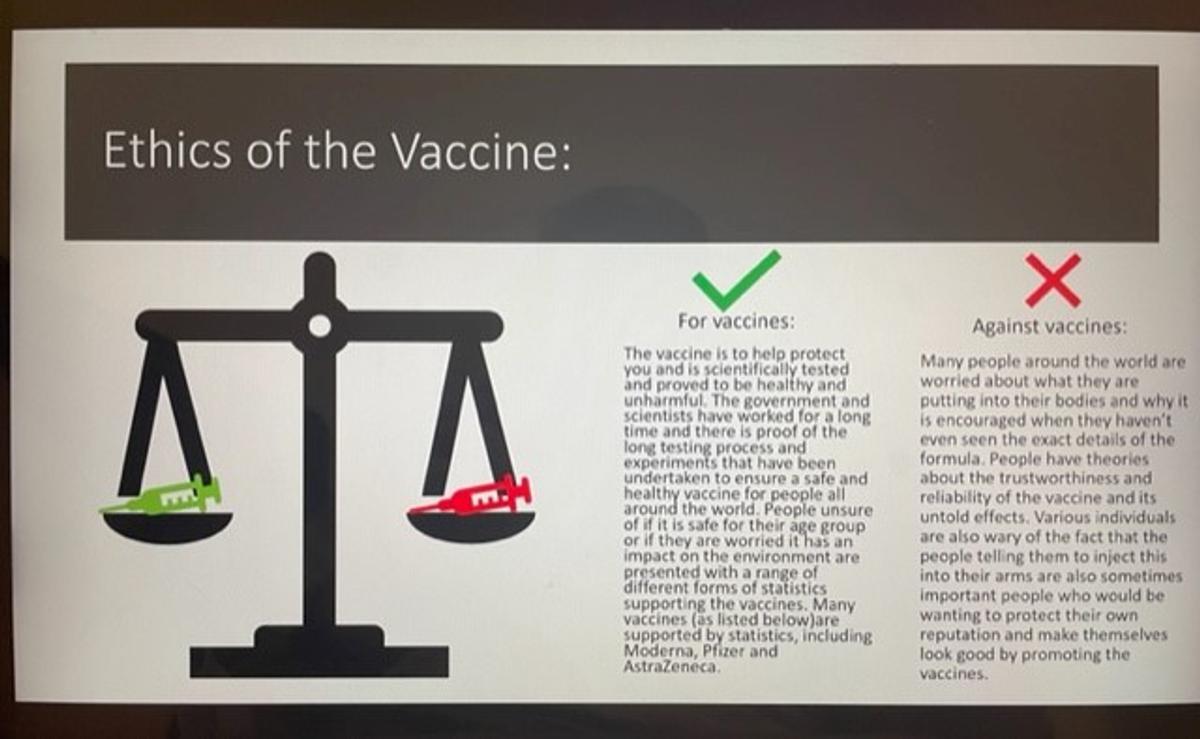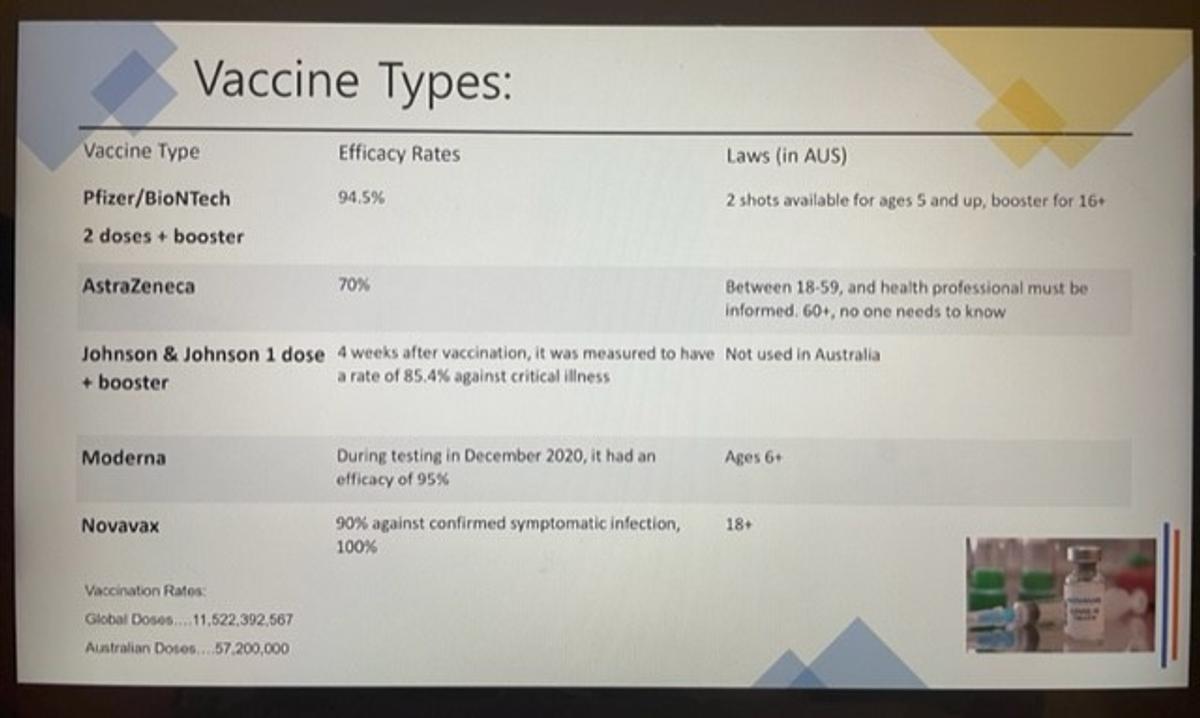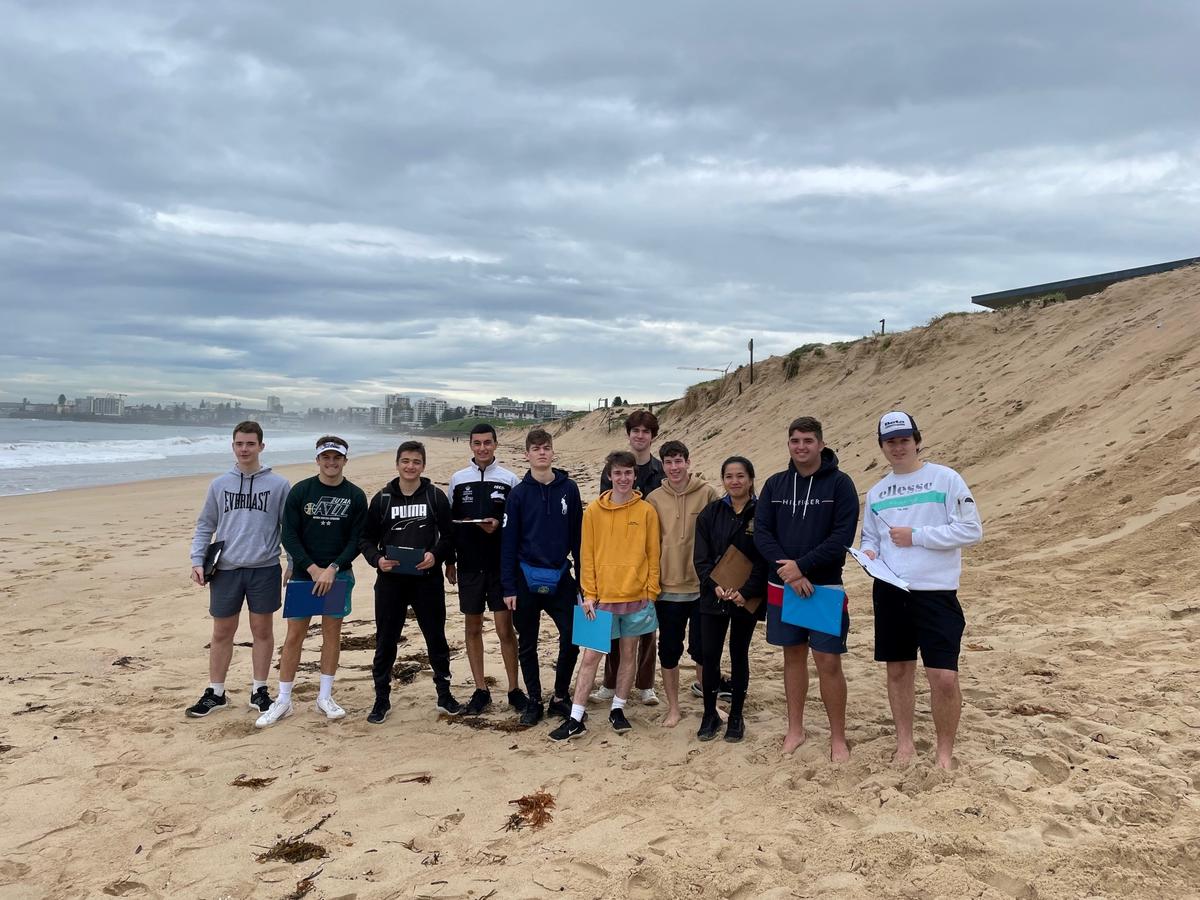Curriculum
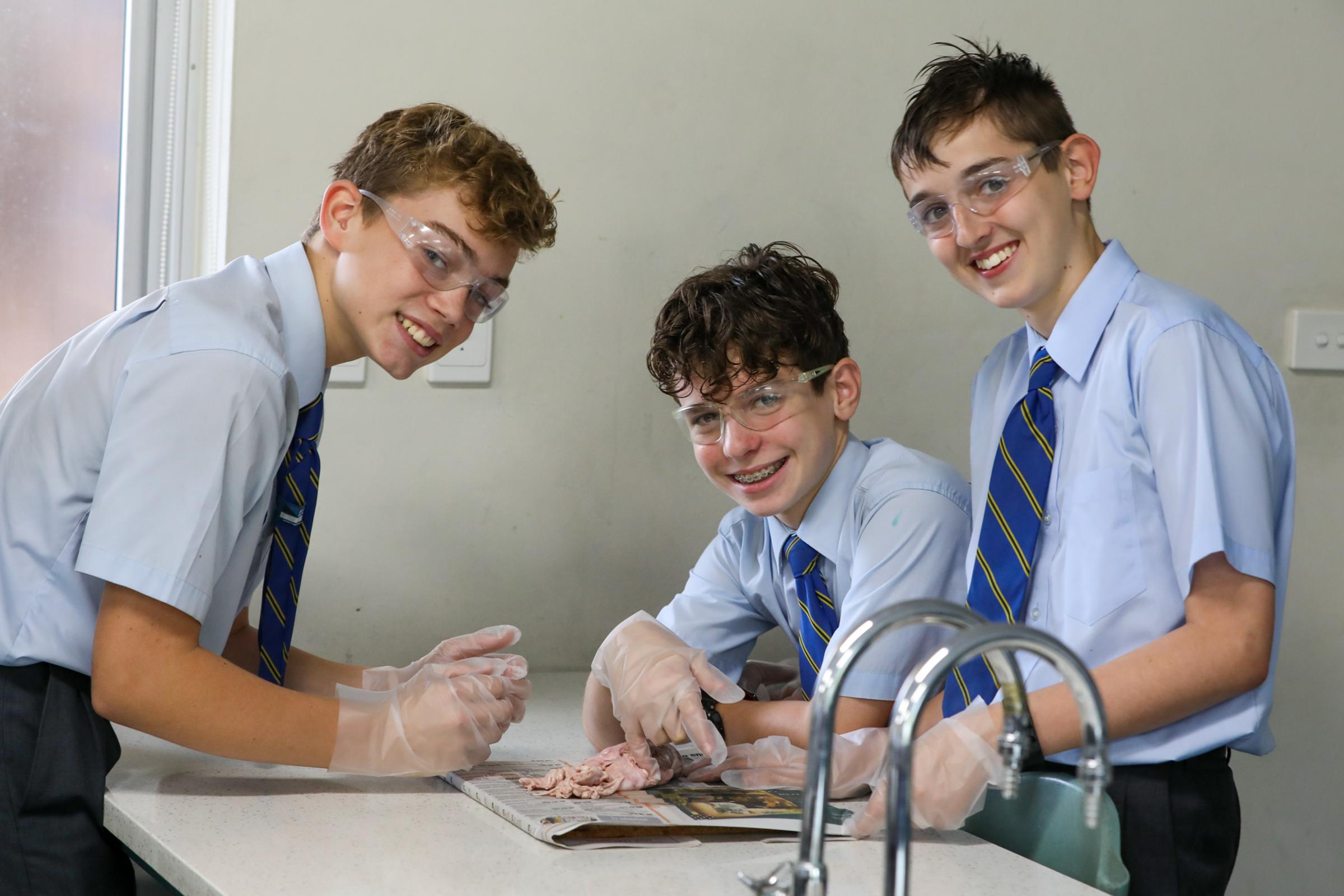
HSC Minimum Standards Testing – Year 10 2022
The current Year 10 cohort are expected to demonstrate achievement of the HSC Minimum Standard in reading, writing and numeracy by completing three online tests set by NESA. From 2018, achievement of the minimum standard is no longer tied to NAPLAN and instead must be demonstrated through achieving a Level 3 or 4 on a separate set of short online examinations.
On Monday 16 May, our Year 10 students completed all three components of the minimum standards tests. The tests examine skills at a vocational level to ensure that any school leaver has at least foundational skills in reading, writing and numeracy.
Every student who completed the Minimum Standard Reading Test Monday met or exceeded the standard. Numeracy results will be released to the boys at the conclusion of their examination block on Friday. Writing results will be ready in approximately three weeks.
Students who do not demonstrate achievement of the standards with this first opportunity will receive additional targeted support with opportunities to sit the online tests in Terms 3 and 4 as needed. Students who do not initially meet the minimum standard can still choose courses for Years 11 and 12. If their skills are not at minimum standard, however, we urge caution in choosing courses for the senior years to ensure that a student who is still developing these skills is not overly frustrated by the demands of a course.
Please consult the NESA website for further information about the HSC Minimum Standards Tests. Parents/carers are also welcomed to contact me here at the College should you have any queries or concerns about the process.
Denise Lombardo
Director of Learning and Innovation
Year 8 COVID-19 Research Task
During some of our recent lessons, the students in our Year 8 Science class were tasked with completing research projects and turning them into presentations about COVID-19. We were free to present them in any way that the group wanted, which was great because we saw so many different projects such as posters, mp4 videos, digital presentations and infographics. For our projects, we wrote an outline about what COVID-19 is, which included a breakdown of the virus and its classification in the medical world. A section about the different strands of the virus was a very interesting part, there have been quite a few different strands that are all unique from each other. Another interesting section was the comparison between Australian statistics and those of other countries, such as the United States. There was quite a disparity between other countries. The vaccination section was also fun as we focused on the different types of vaccines, but we also looked at the ethics of the vaccine which provided a fair number of different views between the groups that we worked in. The part that I most enjoyed was the prediction, we had to think about where we would be with the virus in 10 years’ time. Will it be gone? Will it be worse? But that’s what made it interesting to hypothesise about, as there is no way of telling what will be happening ten years from now. We also did a segment on the different testing methods for the virus, the different results that came from the different types of tests and which of them were most accurate. The virus has had a large impact on all our lives in the last two years, and we wanted to gain a greater understanding of it, and I’m sure that quite a few of us Year 8 students have.
Luke Druitt
Year 8 Student
Year 12 Geography Fieldwork Trip - Cronulla
Year 12 Geography have been studying the Ecosystems at Risk topic where students are required to investigate the functioning, management, and protection of ecosystems. As part of the fieldwork component of the course, students visited Wanda and Eloura Beaches in Cronulla last Friday 13 May. With the recent rain and storm events, there was plenty of evidence of destruction of the dune ecosystem. Students also examined landforms and land use in the surrounding areas using historical, aerial, and cadastral maps. Furthermore, students examined the natural elements of and human impacts on the coastal dune system, as well as the management strategies used to respond to issues affecting this fragile ecosystem.
Felicia Ho
Geography Teacher

